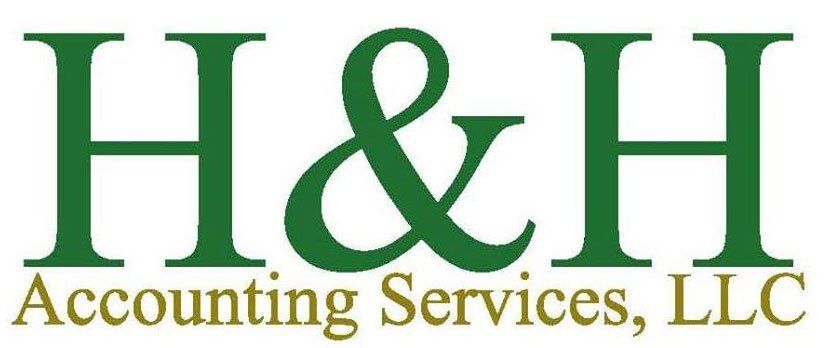How Do I Report My Investment Income Over the Last Year?

How you report your investment earnings depends on the types of earnings they were and what vehicle you were investing in.
The IRS designates stocks, bonds, mutual funds, ETFs and in some cases real estate as “investment property.” They also qualify these investments as “unearned income.” In many scenarios you don’t owe anything on investments that appreciate until you actually sell those investments and make a profit.
There’s also a direct correlation in the complexity of your taxes and your investments.
Profit is defined as any money you get at sale over the “basis” – the amount you paid for the investment. If you bought a stock in 2017 for $7 (basis) and sold it in 2020 for $10 then you would have made a $3 profit.
Taxpayers who trade equities and bonds through a broker should be given a 1099-B form by their broker. This form should list each sale and transaction separately, including all the different profits and losses you made on each trade.
Determining the basis of some investment types, like real estate, can be complicated. Additional costs you incurred when purchasing real estate, like commissions and transfer fees, could potentially be added to the purchase price basis.
Those costs might also be included for stock and bond purchases, which may actually be good news for many investors.
If your broker charged a 50-cent fee for every $7 stock purchase in 2017 then the basis would be $7.50, which means you’re only paying taxes on $2.50 of profit rather than $3.
If you owned equity in a company that went bankrupt, you’d report that loss in a Form 8949. The IRS treats those losses as if they were sold on the last day of the tax year. Thankfully, you won’t have to pay taxes on money you lose, and losses may be able to offset your other income to lower what you owe.
It’s also important to report tax-exempt interest you accrue in your appropriate 1040 form, even when it doesn’t affect your tax calculations either way.
Who Qualifies for Which Version of the 1040 Form
Conveniently called the 1040-EZ, this much simpler form is available to filers who are:
- Filing as single or married with no dependents and less than $100,000 of income
- Taking the standard deduction
- Earning income from wages, salaries, tips and taxable scholarships/grants
- Under the age of 65 with only $1,500 of taxable interest or less
Investors who make less the $1,500 in investment profits don’t need to file a Schedule B with their 1040-EZ.
The slightly more complex version, the 1040-A, has some of the same restrictions but isn’t capped at $1,500 of interest:
- Still must take the standard deduction but can have dependents and take credits for care expenses
- Income from salaries, wages, tips and scholarships or grants, plus capital gains distributions, interest, dividends, annuities, pensions, IRAs, unemployment and taxable Social Security
- Is available to people over the age of 65
- Isn’t available to filers who have an alternative minimum tax (AMT) adjustment from stock acquired through a stock option
- You can take deduction for IRA contributions, student loan interest payments, educator expenses or tuitions and fees
The regular Form 1040 is for every investor who isn’t eligible for the 1040-EZ or 1040-A. As with most tax forms, you have more deduction and credit options as a filer when you struggle through the longer version.
Need Help Reporting All Your Investment Income?
There are a lot of rules for interest and gains you make through the sale of investments.
Even if you reinvest your dividends without ever taking money out of an investment account, you still have to report that income and pay taxes on it. The tax rate for dividends can vary based on whether the reinvestments are considered ordinary or qualified, with qualified being the lower rate.
Reporting on standard retirement vehicles, like 401(k) plans, can be complicated too. For example, people who make contributions to a 401(k) lower their tax liability and reduce what their employer withholds each check but can’t take an end of year deduction for contributions.
H&H Accounting Services can help with your personal tax filings if you have questions like:
- Do I need to report certain investments?
- How do I write off losses in the market?
- Is there anything I can do to minimize my tax burden on retirement disbursements or investments?
- What are my best pre-tax and post-tax retirement plan options to save money in the long run?
Our team of personal income tax preparation specialists and tax advisors are committed to helping Phoenix and Scottsdale tax filers maximize their credits and deductions and minimize their tax burdens where legally possible.
Give us a call at (480) 561-5805 to get started.




